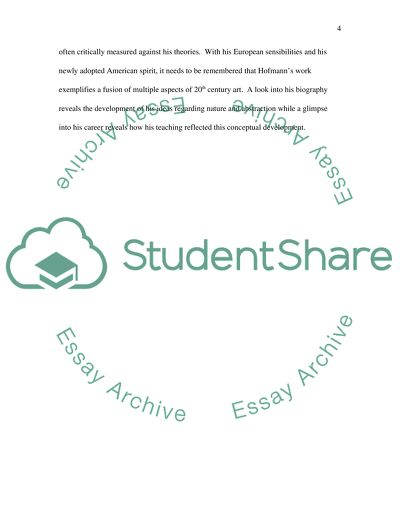Cite this document
(“Hans Hofmann in the Abstract and Nature Essay Example | Topics and Well Written Essays - 2750 words”, n.d.)
Retrieved from https://studentshare.org/architecture/1502441-hans-hofmann-in-the-abstract-and-nature
Retrieved from https://studentshare.org/architecture/1502441-hans-hofmann-in-the-abstract-and-nature
(Hans Hofmann in the Abstract and Nature Essay Example | Topics and Well Written Essays - 2750 Words)
https://studentshare.org/architecture/1502441-hans-hofmann-in-the-abstract-and-nature.
https://studentshare.org/architecture/1502441-hans-hofmann-in-the-abstract-and-nature.
“Hans Hofmann in the Abstract and Nature Essay Example | Topics and Well Written Essays - 2750 Words”, n.d. https://studentshare.org/architecture/1502441-hans-hofmann-in-the-abstract-and-nature.


